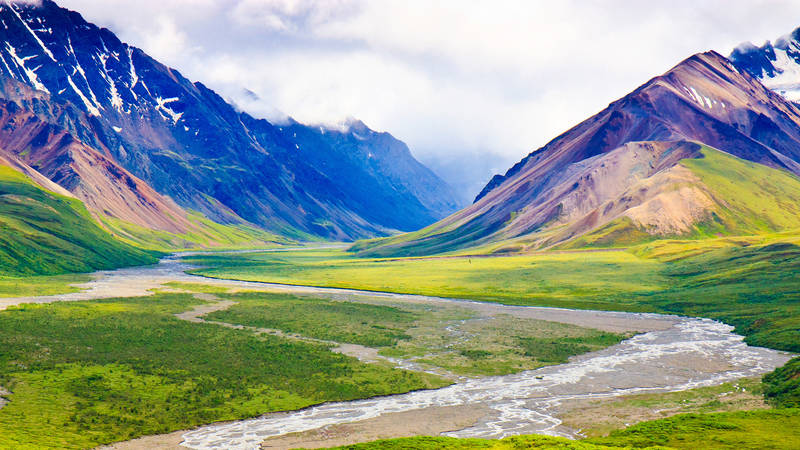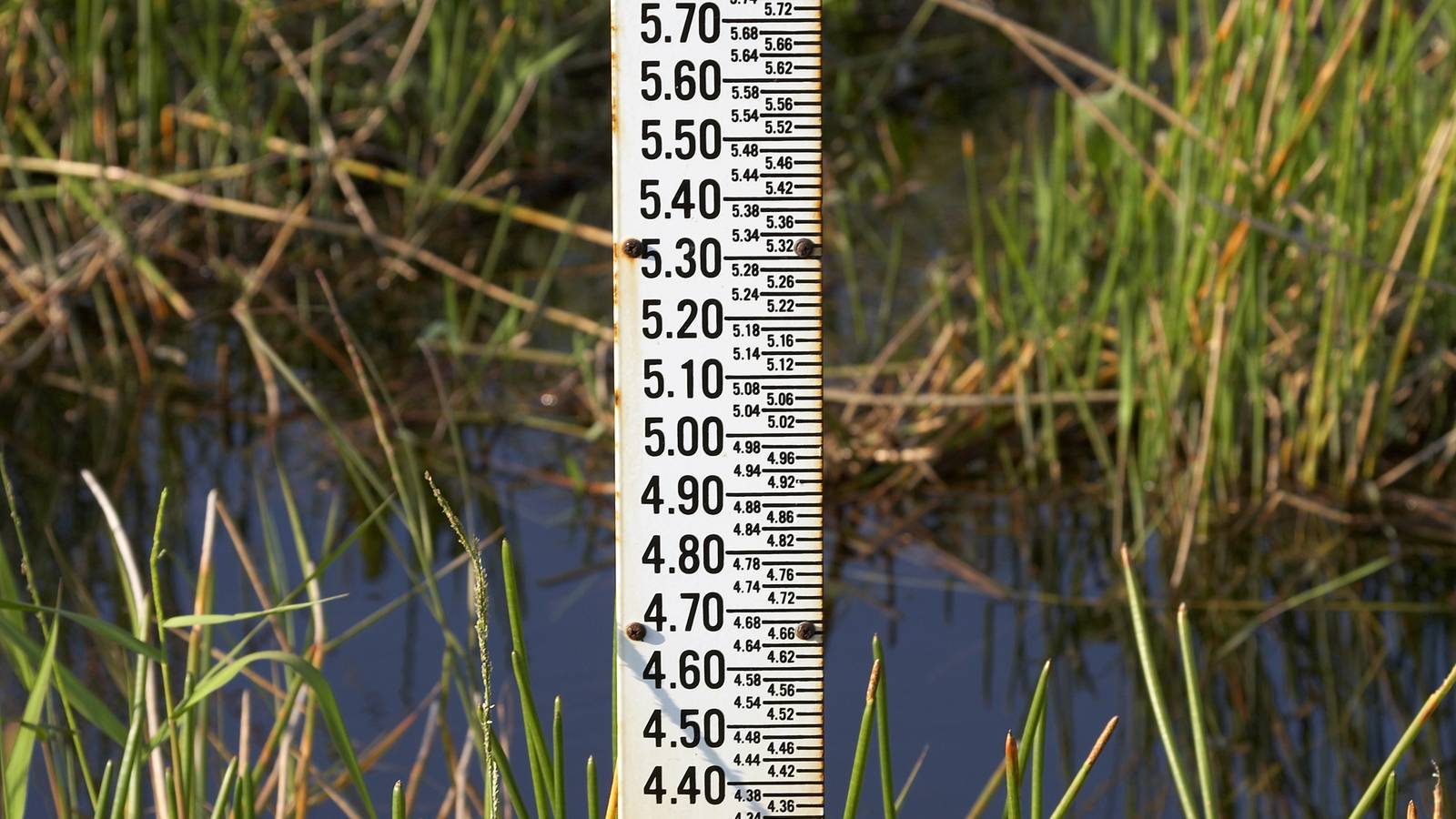Climate Impact
History and Culture

Ellis Island served as the gateway to a new life for the throngs of people who passed through its doors between 1892 and 1954. During those years, this immigration station in New York Harbor processed some 12 million people from around the world, and estimates suggest that these immigrants and their descendants now account for about half the country’s population. Ellis Island is located near Liberty Island, home of the Statue of Liberty, a symbol of hope and faith in the American dream that continues to greet millions of visitors each year. Together, these two islands make up the Statue of Liberty National Monument, one of the most popular national park sites in New York state.

How the Climate Crisis Is Affecting National Parks
Climate change is the greatest threat the national parks have ever faced. Nearly everything we know and love about the parks — their plants and animals, rivers and lakes, glaciers,…
See more ›But in 2012, Hurricane Sandy ripped through the entire Eastern Seaboard, hitting New York with particular ferocity. The storm surge reached nearly 14 feet in height in lower Manhattan — more than 9 feet above the average high-tide line. The water was so high, it covered 75% of Liberty Island and nearly all of Ellis Island, flooding the basements of most of the buildings at the monument and destroying electrical, water and sewer systems, phone lines, and other technical equipment. (Fortunately, Lady Liberty herself is a formidable 225-ton mass of steel, stone and copper and withstood the storm without any damage.) At Ellis Island, salt water completely inundated the main administration building, which park staff were forced to close for a year. Then-Secretary of the Interior Ken Salazar estimated that the total damage to both islands would cost as much as $59 million to repair. Now, staff have relocated essential equipment to higher floors of buildings, but the monument still has an estimated $1.5 billion in assets within 3 feet of the current sea level. As the climate continues to warm, the Park Service must determine how to protect these irreplaceable historic resources from harm.
Cross-Cutting Impacts
Many important buildings and artifacts lie in the path of rising seas and severe weather. Others could be harmed by heat, drought, wildfire and other effects of the climate crisis. Historic Jamestown at Colonial National Historic Park in Virginia, for example, was the site of the first permanent English settlement in the United States, and archaeologists are continuing to unearth artifacts and conduct research at the park — but coastal storms and sea-level rise could destroy what remains of this history. At Mesa Verde National Park in Colorado, alternating wet and dry weather cycles aggravated by drought and wildfire are destabilizing and eroding centuries-old historic structures that represent some of the most significant archaeological heritage of the Ancestral Puebloan people.

Climate Impact


Climate Impact

Make a tax-deductible gift today to provide a brighter future for our national parks and the millions of Americans who enjoy them.
Donate Now


